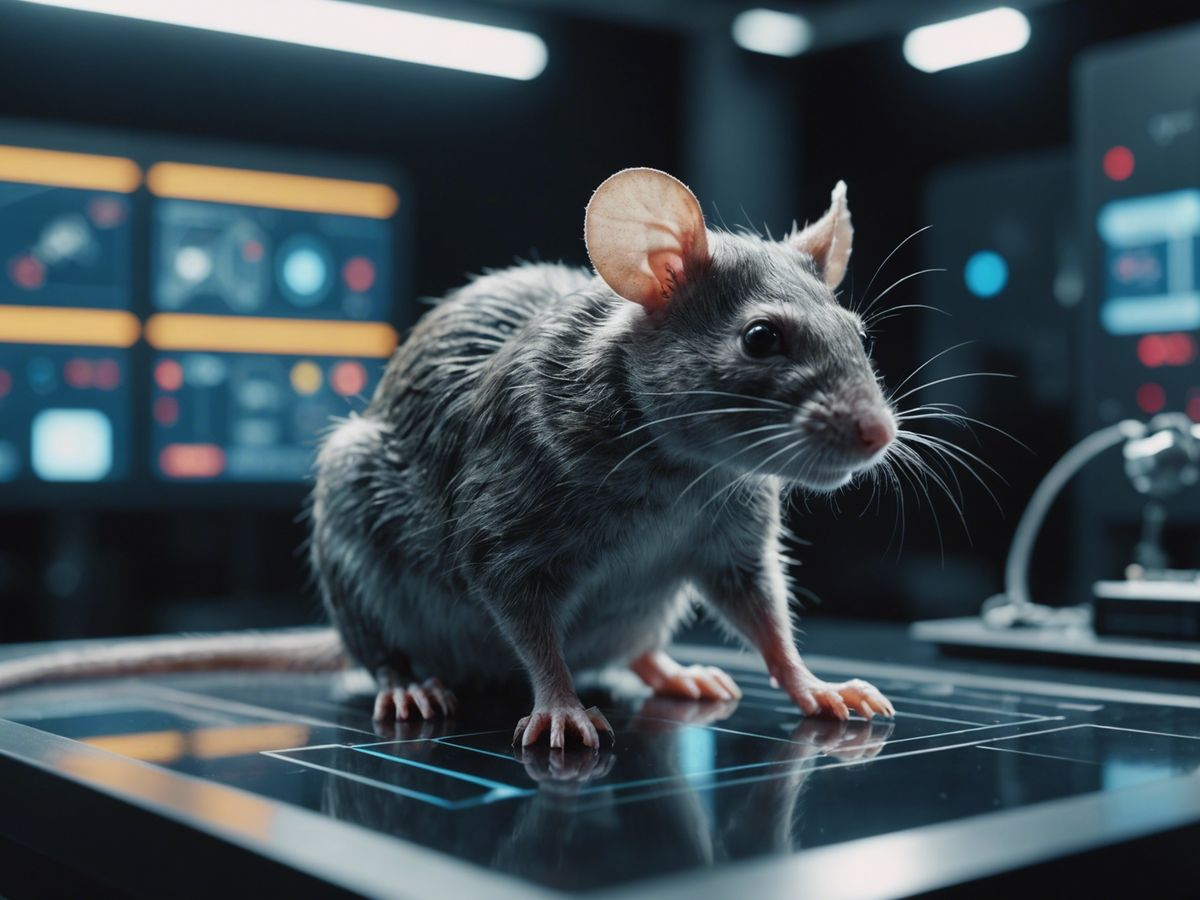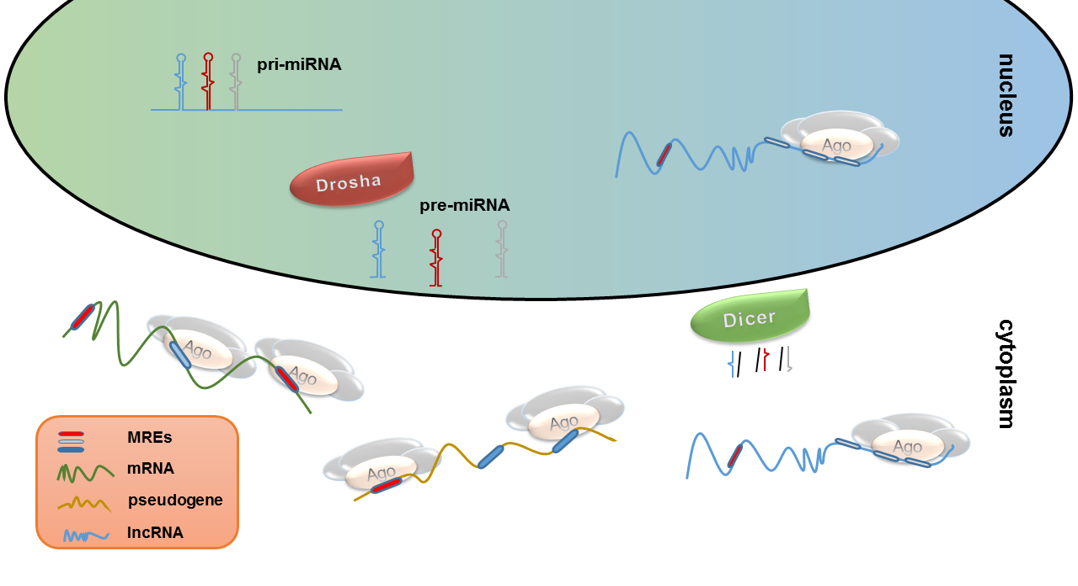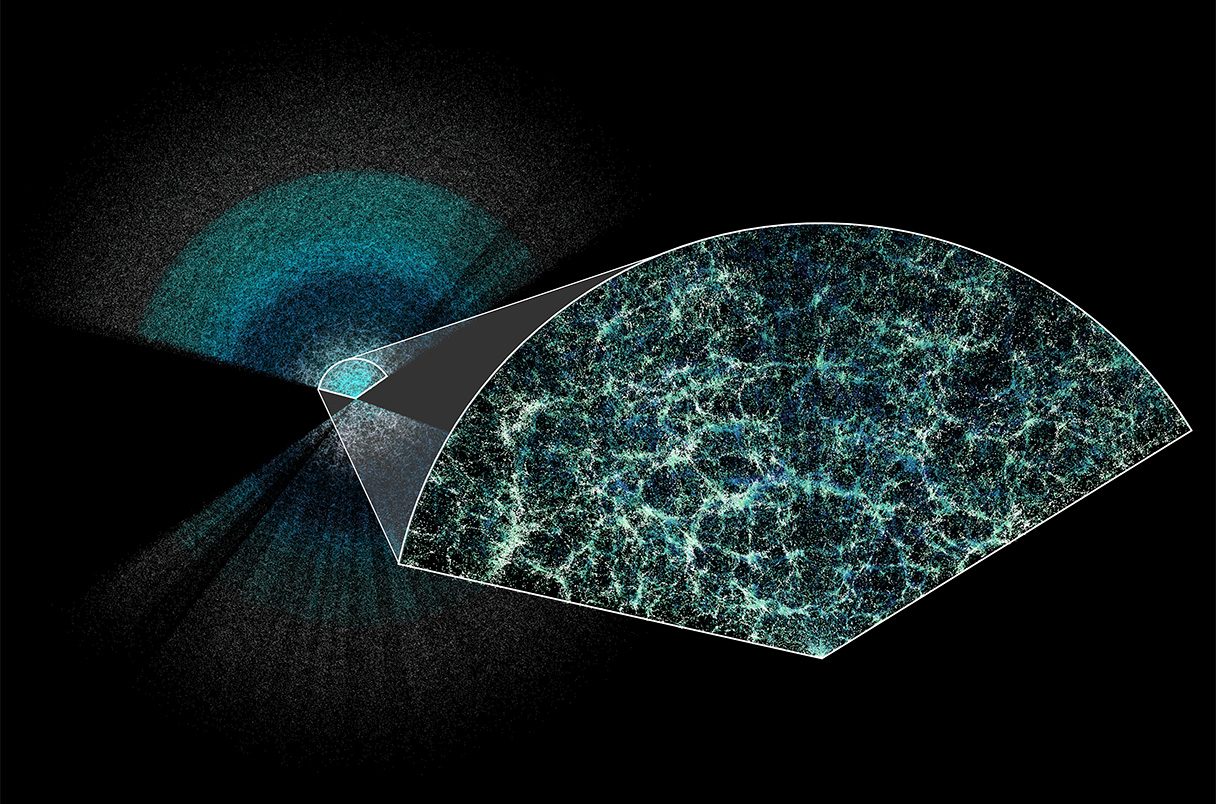AI in rat behavior research is revolutionizing our understanding of the complex interplay between brain function and social interactions in these intelligent rodents. Modern advancements in machine learning have allowed scientists to meticulously track social behavior in rats, capturing over 110 million distinct movement patterns as they interact. This innovative approach provides critical insights into the mechanisms of social behavior, drawing intriguing parallels to human conditions, such as autism. By replacing traditional observational methods with sophisticated AI techniques, researchers can analyze vast amounts of data far more efficiently, paving the way for groundbreaking discoveries. As this research progresses, it promises to uncover the underlying biological factors that influence not just rats, but also offer possible avenues for understanding similar social behaviors in humans.
The exploration of artificial intelligence in the study of rat behavior is opening new doors for behavioral science. This novel intersection leverages advanced technology to observe and quantify the social dynamics among rats, providing a deeper glimpse into their interactions. By employing state-of-the-art software and high-resolution 3D tracking, researchers can now identify and analyze the nuances of animal engagement, which could mirror human social constructs. As scientists delve into behavioral patterns through the lens of AI, they not only enhance our understanding of rodent social behavior but also establish a foundation for future studies in autism research and beyond. Thus, this innovative research methodology not only enriches our knowledge of animal behavior but also holds the potential for significant implications in understanding human social issues.
The Role of AI in Rat Behavior Research
Artificial intelligence (AI) has revolutionized various fields, and now it’s making significant strides in rat behavior research. Traditionally, understanding social interactions among rats relied heavily on human observation and subjective interpretation. However, with the introduction of machine learning techniques, researchers can objectively analyze vast amounts of data on rat interactions. For instance, a recent study utilized AI to extract over 110 million 3D poses from video footage of rats, illuminating the complexity of their social behavior. This method not only enhances accuracy but also allows for a deeper exploration of how these interactions might mirror certain human social behaviors, particularly in the context of conditions like autism.
By implementing AI in behavioral analysis, scientists are paving the way for innovative research methodologies. With algorithms capable of recognizing intricate patterns of movement and gestures, researchers can track social behaviors with a precision previously unattainable. This advancement opens up new avenues for investigating how genetic variations can influence social behaviors and interactions in rats, which could yield invaluable insights into human conditions like autism. The intersection of AI and behavioral research is thus not just advancing our understanding of animal behavior but also contributing to potential therapeutic approaches for human social disorders.
Understanding Social Behavior in Rats
Rats are inherently social animals, exhibiting complex social behaviors that can significantly inform our understanding of more advanced social species, including humans. These rodents engage in elaborate communicative behaviors, such as grooming, touch, and body language, that serve critical roles in their social interactions. Researchers have noted that the parallels between rat and human interactions highlight the fundamental aspects of social behavior shared across species. The insights gained from observing these interactions enable scientists to explore the biological underpinnings of social behavior, particularly in studies related to conditions like autism.
Moreover, by delving into the specifics of rat interactions, researchers can identify the underlying social dynamics that dictate their behavior. Recent studies have shown that factors such as personality and prior experiences can impact how rats engage with one another. By systematically analyzing these interactions through AI and machine learning, researchers can create a detailed map of rat social engagement. Understanding these patterns not only enhances knowledge in the field of behavioral science but also fosters a deeper comprehension of how social interactions may manifest in other species, thereby enriching autism research.
Machine Learning’s Impact on Behavioral Analysis
Machine learning has emerged as a transformative tool in behavioral analysis, particularly in the study of animal interactions. Unlike traditional methods that rely heavily on human observers, machine learning algorithms can process and analyze vast data sets quickly and efficiently. This allows researchers to uncover nuanced behaviors that may be overlooked in manual observations. The recent application of such methods to analyze rat behaviors has yielded over 110 million coordinate points, providing a comprehensive view of how rats interact with each other. This data-driven approach enhances the reliability of behavioral analysis, offering a solid foundation for understanding the biological mechanisms behind sociality.
The application of machine learning extends beyond mere observation. It allows researchers to create predictive models of behavior based on genetic or environmental variables. For instance, in the context of autism research, understanding how specific genetic modulations affect social interactions in rat models can provide insights into human conditions. With AI’s capability to analyze data at an unprecedented scale, researchers can identify interaction motifs and relevant behavioral patterns that may inform therapeutic strategies. Therefore, the integration of machine learning in behavioral analysis not only improves data interpretation but also accelerates the path toward understanding complex social behaviors.
Social Interactions and Autism Research
The study of social interactions in rats holds significant potential for advancing autism research. By exploring how genetically modified rat models socialize, researchers can draw parallels to human social behaviors. Autism is known to encompass a spectrum of social behaviors, and certain genes have been identified as key factors in this variability. Through the lens of rat behavior, scientists can examine how specific genetic alterations impact social engagement. For example, the researchers in the recent study utilized rats with variations in genes associated with autism to uncover how these variations influence social dynamics.
This research not only illuminates the genetic components of autism but also reflects the complexities of social behavior within a controlled framework. By observing how different rat models interact, scientists can identify behavioral trends that correlate with human autism spectrum disorders. The implications of these findings could be substantial, as they may inspire new therapeutic strategies targeting the underlying social deficits seen in affected individuals. Thus, the study of rat social interactions is not just an academic exercise; it potentially paves the way for breakthroughs in understanding and treating autism.
Innovative Techniques in Behavioral Research
The innovative techniques emerging in behavioral research, especially with the use of AI, are reshaping the landscape of how scientists understand social animals. The ability to utilize machine learning for tracking and analyzing the detailed movements of rats allows researchers to gather data that was previously inaccessible. By processing intricate details of rat interactions, researchers can uncover patterns of behavior that inform not only behavioral science but also genetic research and autism studies. This shift from observational studies to data-driven approaches marks a significant advancement in the field.
These technological innovations do not just enhance data collection; they also enable researchers to formulate new hypotheses that can be tested rigorously. For instance, using automated tracking systems allows for a more reproducible measure of behaviors, which can lead to more consistent results in rat studies. As science embraces these innovative techniques, it stands to benefit from a more detailed and quantifiable understanding of social behaviors, which could have far-reaching effects across various domains of research, including autism and social behavior studies.
Exploring the Depths of Rat Interaction
Rat interactions are far more complex than they may appear at first glance. These social creatures exhibit a myriad of behaviors derived from their relationships with one another. Understanding the nuances of these interactions can provide insights not only into rat social structures but also into broader behavioral principles that apply to other species, including humans. The new methodologies introduced through AI allow researchers to capture every subtlety of rat interaction, painting a clearer picture of their behavioral ecology.
Deeper exploration into rat interactions can reveal insights about social hierarchies, grooming behaviors, and communal activities. Each of these social behaviors can have profound implications for understanding how environmental and genetic factors influence social dynamics. By studying these behaviors longitudinally and quantitatively, researchers can better understand the foundations of social behavior, giving rise to potential enhancements in therapeutic practices for social disorders such as autism. Thus, the exploration into the depths of rat interaction not only contributes to animal welfare studies but also enriches the discourse on human psychological conditions.
Genetic Modifications and Social Behavior
The intersection of genetics and social behavior is a hotbed of research, especially as it pertains to autism studies. Researchers have begun to utilize genetically modified rats to observe how specific gene alterations affect social interactions. Understanding the genetic underpinnings of social behavior in rats provides a model for investigating similar mechanisms in humans. For instance, researchers have been able to identify particular genes that correlate with various social behaviors, thereby linking genetic markers to observable actions and interactions.
This exploration of genetic modifications offers tangible insights into autism spectrum disorders, which are influenced by both genetic and environmental factors. By observing how genetically modified rats express social behaviors differently, scientists can draw parallels to the human condition. This could not only elucidate the etiology of social deficits in autism but also inspire targeted genetic therapies. Thus, the focus on genetic modifications in the study of social behavior underscores the potential for groundbreaking discoveries that enhance our understanding of both animal and human social dynamics.
The Importance of Open Research Data
In the realm of scientific research, sharing data openly fosters collaboration and accelerates progress in understanding complex phenomena. The recent study on rat interactions emphasizes the importance of making collected data available to the broader scientific community. By sharing the extensive videos and behavioral data gathered using advanced AI techniques, researchers hope to invite collaboration that can lead to innovative approaches and hypotheses. Sharing this information can also encourage the development of better models that bridge gaps between animal and human social behavior research.
The availability of such data can significantly benefit researchers interested in social dynamics, behavioral analysis, and autism research. By allowing others to engage with the data, researchers can collaboratively refine methodologies, improve analysis techniques, and potentially uncover new patterns. This culture of transparency and collaboration is crucial for advancing scientific knowledge and will inevitably lead to better understanding and therapies for social disorders in humans. The commitment to open research data exemplifies how collective efforts can drive breakthroughs in the understanding of behavior across species.
Future Directions in Social Behavior Studies
The field of social behavior studies is continually evolving, particularly with the integration of new technologies and methodologies. As researchers strive to understand the complexities of social interactions in animals like rats, they are also paving the way for the future of behavioral science. With the use of AI and machine learning, the potential for uncovering detailed insights into both animal and human social behavior is more promising than ever. Future studies are expected to delve deeper into how various factors—be they genetic, environmental, or social—interact to shape behavior.
Looking ahead, interdisciplinary collaboration will be vital in driving these advancements. By constructing a rich network of information and expertise, researchers can tackle challenges that require multifaceted approaches, such as the study of autism and its relation to social behavior. The future of social behavior studies lies in the ability to synthesize knowledge across disciplines, leveraging technology in ways that not only enhance our understanding of animal behavior but also translate those insights into applicable interventions for human social disorders.
Frequently Asked Questions
How does AI in rat behavior research enhance the understanding of social interactions in rats?
AI in rat behavior research employs machine learning techniques to track and analyze the intricate social interactions of rats. By utilizing computer vision, researchers can extract vast amounts of data on rat movements and behaviors, providing a clearer picture of how these animals communicate and interact, just as humans do. This advanced analysis helps uncover patterns in social behavior that were previously unobservable using traditional methods.
What role does machine learning play in studying social behavior in rats?
Machine learning plays a crucial role in studying social behavior in rats by offering a systematic approach to behavioral analysis. Algorithms process extensive video data to identify and quantify various behavioral patterns, such as gestures and interactions. This innovative methodology enables researchers to replace subjective observations with precise, reproducible results, ultimately leading to a deeper understanding of social dynamics among rats.
Can AI in rat behavior research contribute to autism research?
Yes, AI in rat behavior research can significantly contribute to autism research. By analyzing social interactions in genetically modified rats that mimic certain traits associated with autism, researchers can explore how specific gene mutations affect behavior. This approach allows scientists to investigate the neurobiological underpinnings of social behavior, potentially leading to new insights into autism spectrum disorders.
What insights can behavioral analysis using AI provide about rat interactions?
Behavioral analysis using AI offers profound insights into rat interactions by capturing detailed data on their movements and social engagements. This data helps identify individual personalities and social strategies among rats, revealing how these factors influence their collective behavior. By understanding these interactions, researchers can draw parallels to human social behaviors, enhancing our comprehension of social dynamics in both species.
What technological advancements have enabled improved analysis of rat behavior?
Recent advancements in computer vision and deep learning have enabled improved analysis of rat behavior. These technologies allow for high-resolution tracking of rat movements in three dimensions, resulting in the extraction of over 110 million data points from video observations. Such technological capabilities facilitate a more comprehensive examination of social behavior, enhancing the accuracy and depth of behavioral analysis in research.
Why is understanding rat behavior important for broader scientific research?
Understanding rat behavior is crucial for broader scientific research as rats are often used as model organisms to study complex human conditions. Insights gained from rat behavior, particularly in social contexts, can inform research on various psychological and neurological conditions, including autism. By studying these social dynamics, scientists can develop better therapeutic strategies and models that may apply to human behavior and health.
How does this new AI-driven approach compare to traditional methods of observing rat behavior?
The new AI-driven approach significantly outperforms traditional methods of observing rat behavior, which relied heavily on prolonged visual observation and limited data points. AI enables researchers to analyze vast amounts of data quickly and accurately, identifying nuanced behavioral patterns that would be nearly impossible for human observers to detect. This leads to more robust findings and a deeper understanding of the complexities of rat social behavior.
What future research directions could stem from AI in rat behavior studies?
Future research directions stemming from AI in rat behavior studies may include exploring how specific gene modifications impact social interactions, unraveling the neural circuits responsible for these behaviors, and developing behavioral therapies. Additionally, sharing data with the scientific community can lead to collaborative efforts in refining models that link brain activity to behavioral outcomes, potentially advancing both neuroscience and behavioral science.
| Key Point | Details |
|---|---|
| AI Methodology | A new AI technique offers enhanced tracking of rats’ movements, aiding in the analysis of their social interactions. |
| Social Behavior Analysis | The method captures over 110 million 3D poses showing intricate rat interactions analogous to human body language. |
| Research Implications | Insights gained might illuminate links between rat behavior and human conditions such as autism. |
| Genetic Factors | Studies include genetically modified rats to examine the relationship between genes and social behavior. |
| Future Exploration | Further research aims to uncover brain circuitry involved in social gestures and its relevance to autism treatment. |
Summary
AI in rat behavior research is revolutionizing how scientists understand the brain-behavior link through advanced tracking of social interactions. The novel methods described in recent studies not only provide a deeper insight into the social lives of rats but also offer potential pathways to better comprehend human social disorders, especially autism. With comprehensive data collection and analysis, researchers are paving the way for future discoveries that could influence therapeutic approaches. The marriage of AI technology with biological research underscores the importance of interdisciplinary collaboration in addressing complex scientific questions.




